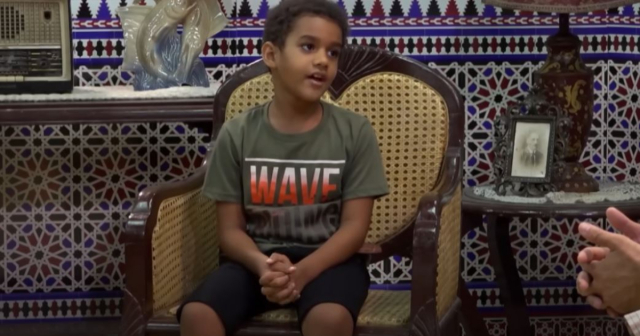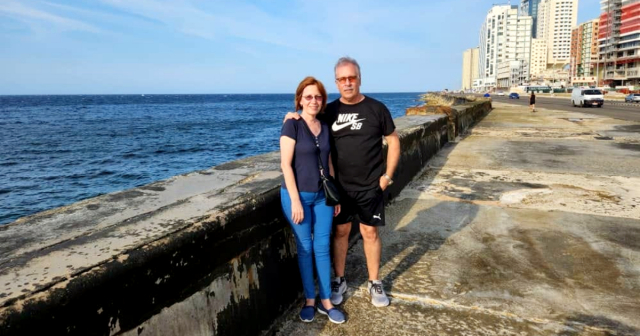
Starting in the second quarter of the year, Havana will begin to implement the partial transition process to Digital Terrestrial Television (DTT), which has already been fully activated in Pinar del Río and Artemisa.
Carlos Arencibia García, technical director of the RadioCuba company, informed the newspaperGranma that at this moment the conciliation process is being developed with the capital authorities to begin its execution,before continuing through Mayabeque and Matanzas, in that order.
Arencibia García detailed that the coverage of the digital signal in standard definition (SD) increased from 76.23% to 77.14%, while in high definition (HD), it rose from 45.7% to 47.65%.
The objective is that by the end of the year the partial transition will be achieved (eliminating analog transmissions from the Educational 1 and Educational 2 channels in the central region, where SD coverage will increase to 89%, and HD coverage to 60%.
To activate this partial transition, the government established two essential conditions: that all classrooms can receive the DTT-SD signal, and that all beneficiaries of social assistance have been given and installed the digital receiver (the popularly called little box).
According to the manager, in the western part of Cuba, televisions were guaranteed for all schools, a free digital receiver was given to beneficiaries of social assistance, and nearly 300,000 receivers were sold in national currency.
In the central region, only in the areas under implementation and according to possibilities, receivers will be sold and the coverage of the DTT-HD signal and that of Multivision in analog television will be improved.
With this process of partial transition to digital television, the government intends to increase the coverage area of the DTT-SD service, equaling it to the current analog television coverage of educational channels.
It also tries to free up the 700 megahertz frequency band for the deployment of 4G, as well as television equipment to have parts and pieces, and help sustain the network of analog transmitters that remain in operation.
In January, the province ofArtemisa closed the analog transmissions of the Educativo and Educativo 2 channels.
Since then, the Multivisión signal in the territory switched to channel 19, while the Cubavisión (7) and Tele Rebelde (11) channels remain on the same analog signal, 13 on the standard channel and 47 on the high definition channel. .
"The partial transition does not mean turning off all the channels, and not providing the service immediately. It is gradual, according to the dynamics established for its development. Even in previous months, work was already being done in mountainous areas of San Cristóbal and Bahía Honda where installed digital transmitters," said René García González, provincial director of RadioCuba.
Artemisa was the second Cuban province to execute the transition to digital television, afterOn December 3, Pinar del Río will begin the process.
In September 2021, the Cuban government announced that three months laterthe analog blackout would begin in the western region, from Pinar del Río to Matanzas, but for reasons that were not explainedIt was postponed to March 2022.
However theprocess was again postponed until September and then for December 3 of last year.
What do you think?
COMMENTFiled in:






